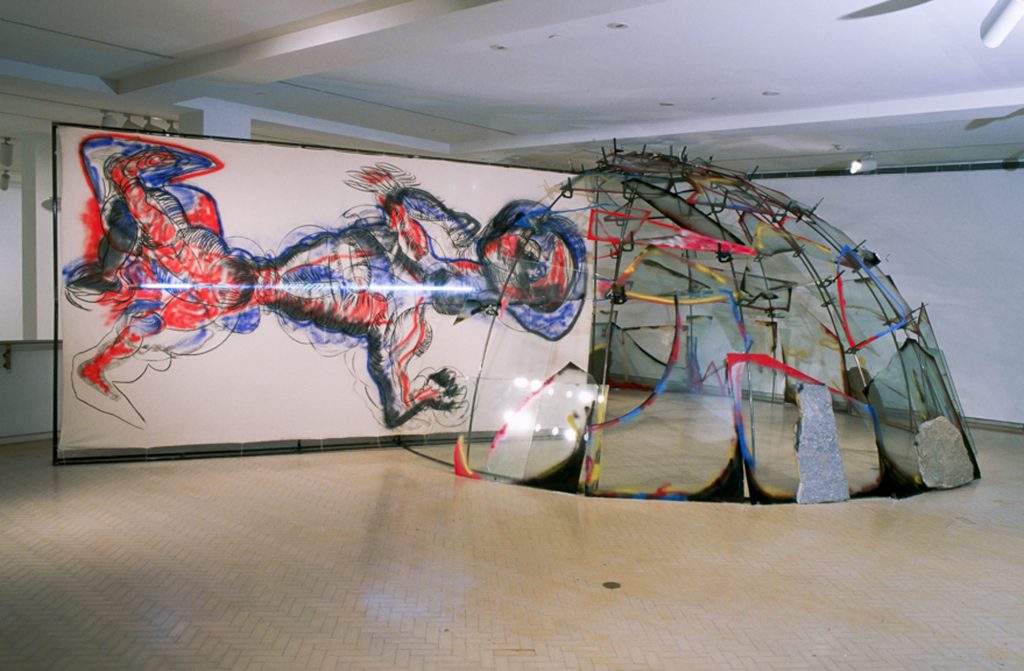Arte povera is a movement in Italian art that began in the late 1960s. The term arte povera literally means “poor art” and was coined by the Italian art critic Germano Celant to describe the work of a group of Italian artists who sought to use humble materials to subvert the traditional art object. The artists associated with arte povera rejected the commercialism of the art world, instead using everyday objects to create works that were often site-specific and ephemeral. While the materials used by arte povera artists were often humble, the concepts explored in their work were often complex and political. The arte povera movement was short-lived, lasting only a few years in the late 1960s and early 1970s. However, the artists associated with the movement had a lasting impact on the course of Italian art, and their work continues to be influential today. Another influential movement can be felt while typing in your Woo Casino Login.
Some notable Arte Povera artists are Michelangelo Pistoletto, Giovanni Anselmo, Lucio Fontana, and Jannis Kounellis.
Michelangelo Pistoletto
Michelangelo Pistoletto is an Italian artist who is best known for his series of paintings called the “Mirror Paintings.” These paintings consist of a series of images that are reflected in a mirror, creating the illusion of an infinite series of images. Pistoletto began his career as a painter but later began working with a variety of different mediums including sculpture, performance art, and video. He is a leading figure in the Italian art movement called Arte Povera, which emphasizes the use of everyday objects in art. Pistoletto’s work often deals with the relationship between art and reality. His Mirror Paintings, for example, explore the idea of reflected images as infinite realities. In other works, such as his “Venus of the Rags” series, he has used found objects to create sculptures that comment on the role of consumerism in our society. Michelangelo Pistoletto is an important and influential artist who has created a body of work that is both visually stunning and intellectually challenging.
Giovanni Anselmo

Italian artist Giovanni Anselmo is best known for his work in the field of conceptual art. His work often deals with the relationship between the viewer and the work of art, as well as the role of the artist in the creative process. Anselmo’s work has been exhibited internationally and is held in the collections of major museums such as the Museum of Modern Art in New York and the Tate Gallery in London.
Lucio Fontana
Lucio Fontana was an Italian painter, sculptor and theorist of Argentine birth. He is largely credited with being the founder of Spatialism, and his work heavily influenced the development of Abstract Expressionism, Minimalism, and Process Art. In the 1940s he started to develop his signature style of puncturing and slashing the surface of his paintings, as a way of challenging the traditional notions of art. This act was also a symbol of his belief that the conventional art world was stifling creativity. He continued to exhibit his work throughout the 1950s and 1960s, and his work was increasingly well-received by the international art community. He died in 1968, but his work continues to be admired and influential.
Jannis Kounellis
Jannis Kounellis was a Greek Italian artist. He was one of the leading members of the Italian avant-garde movement known as Arte Povera. In 1956, he moved to Rome to study at the Accademia di Belle Arti. From 1958 to 1966, Kounellis was associated with the Neo-Dada movement. His work is often associated with Surrealism and Cubism. Kounellis’s early work often incorporated found objects into his paintings and sculptures. In the 1960s, he began to experiment with performance art. In 1968, he staged his first “living” work of art, in which he placed a dozen live chickens in cages in the gallery. Kounellis continued to create controversial and influential works of art throughout his career. Kounellis’s work is included in the collections of many major museums, including the Museum of Modern Art in New York, the Tate Gallery in London and the Centre Pompidou in Paris.
In conclusion, while the movement did not last long, it had a significant impact on the art world and its influence can still be heavily seen in contemporary art.
